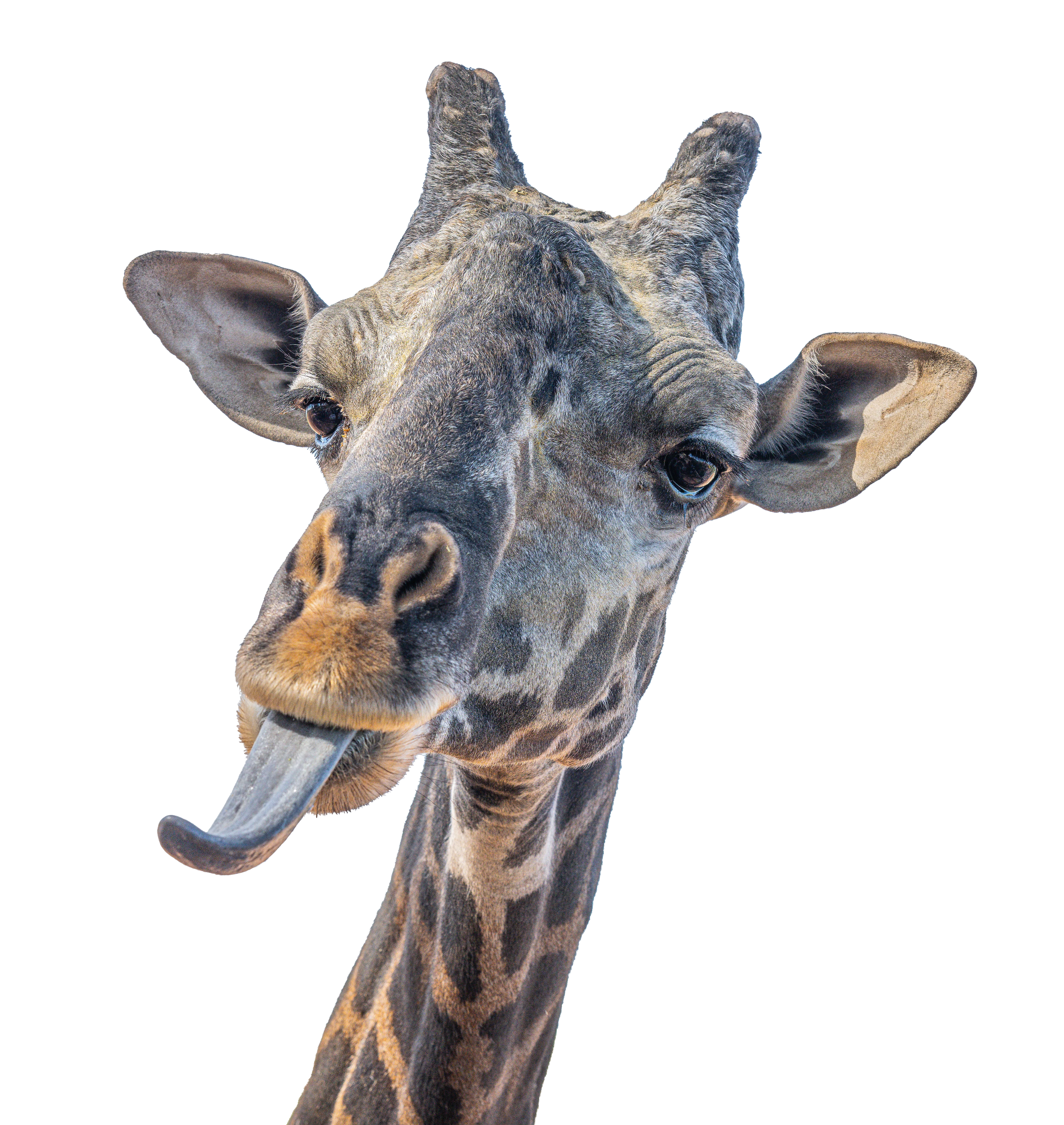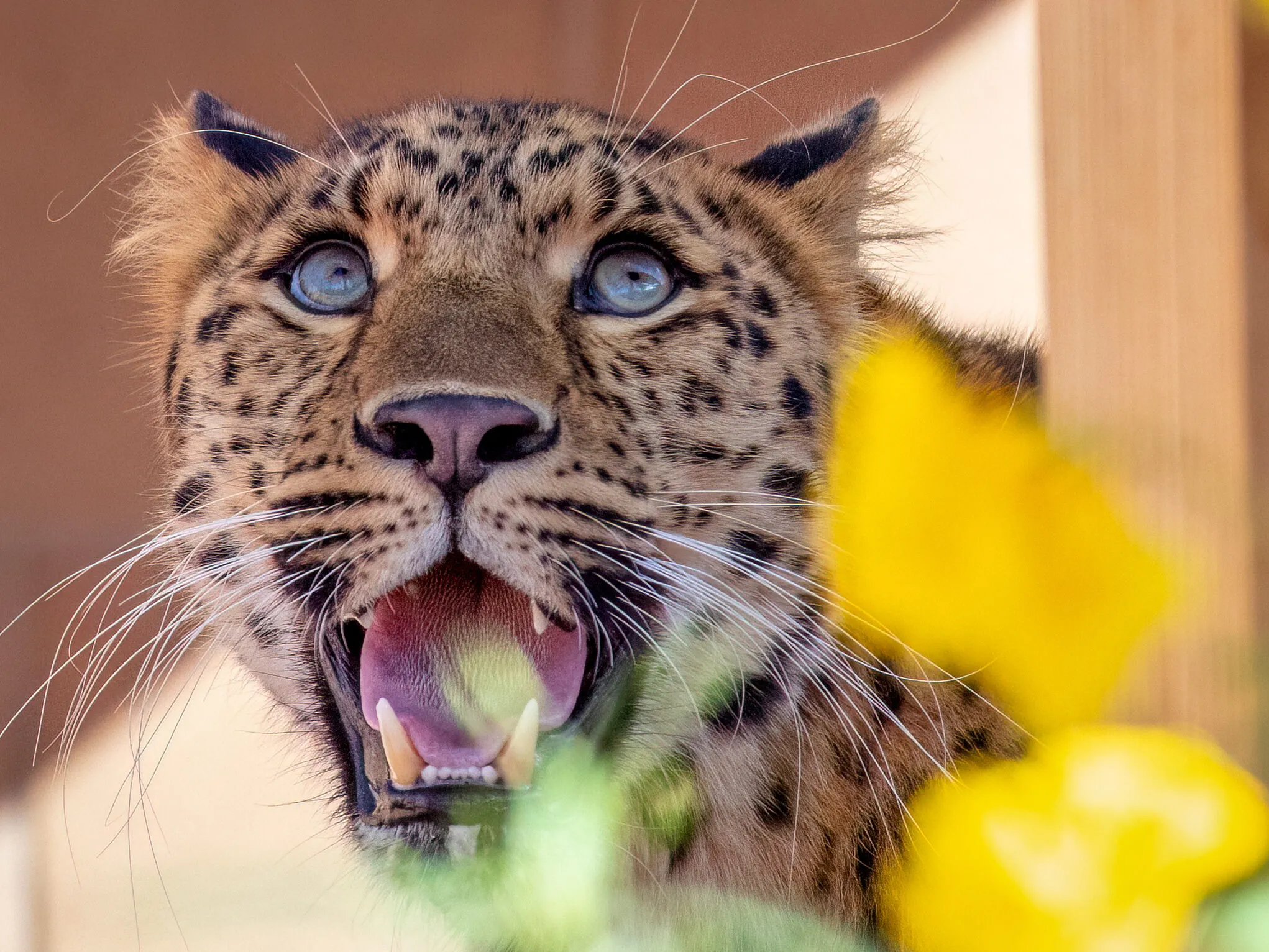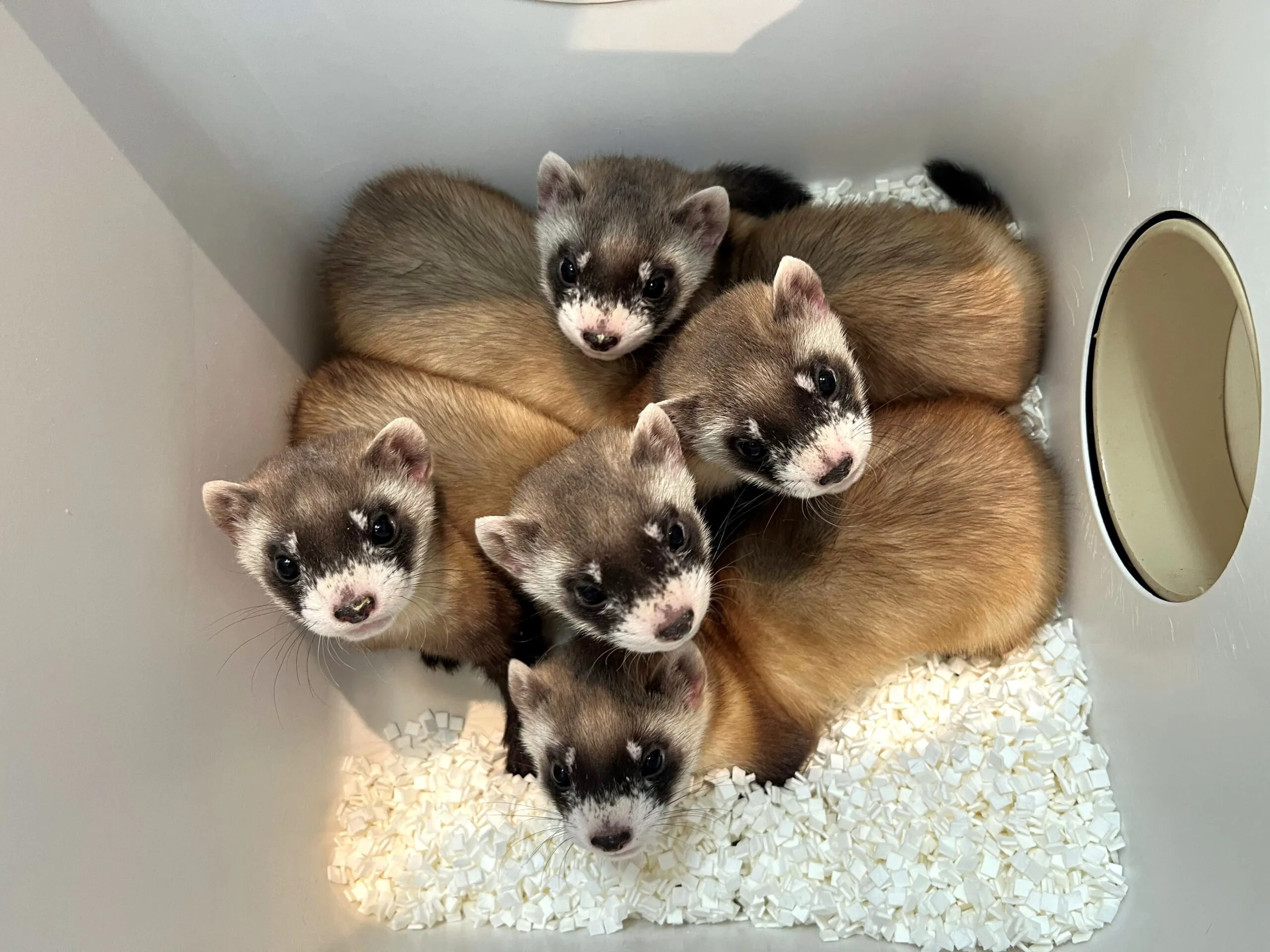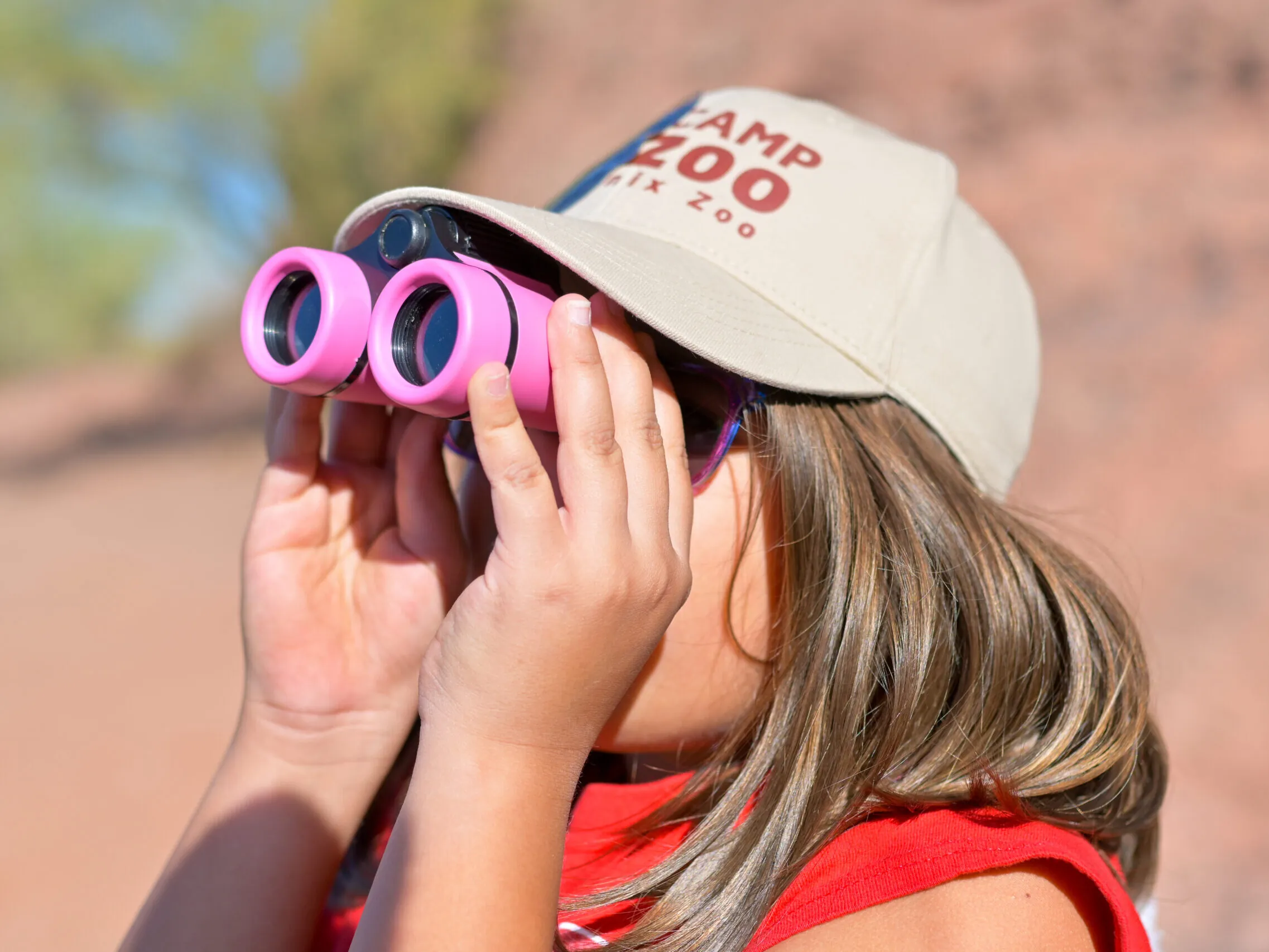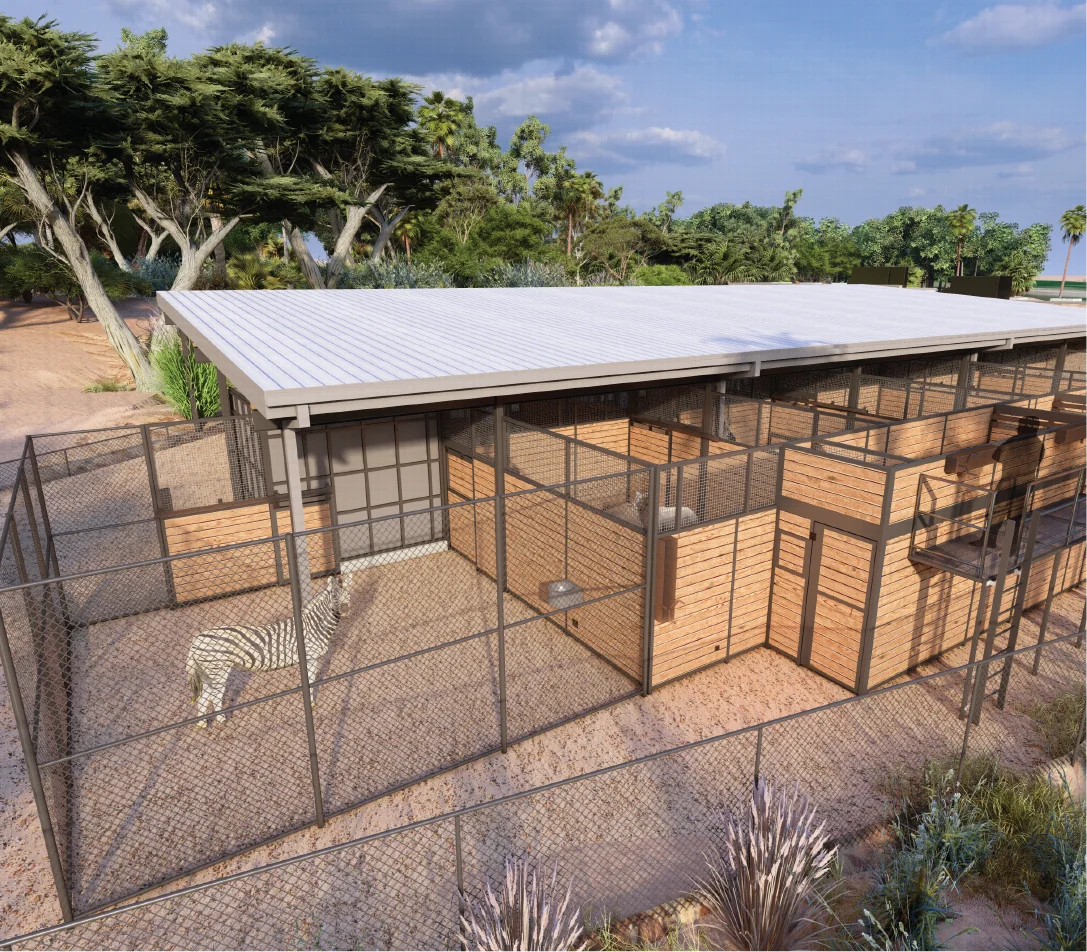Accessibility
The Phoenix Zoo has partnered with KultureCity to improve our ability to assist and accommodate guests with sensory processing needs. Our objective is to provide an inclusive and seamless experience for ALL guests regardless of age and ability including those with sensory processing needs.
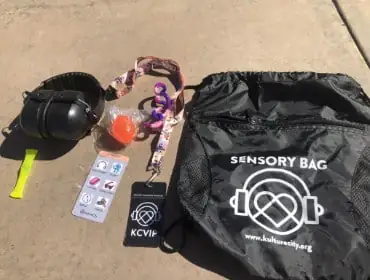
sensory bags and weighted lap pads
Sensory bags containing fidget tools, noise-canceling headphones and other resources, are available for checkout at Reception and the Safari Cruiser Station. During March, bags will also be available at the Adventure Center.
Weighted lap pads are also available upon request at the Safari Cruiser Station.
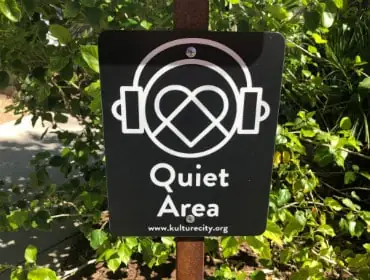
quiet zones
“Quiet Zones” are areas that typically have less activity and spaces to sit and regroup after becoming overstimulated at the following locations:
- Arizona Trail between coyote and condor exhibits
- The Rose Garden near greater flamingo
- Emily’s Butterfly Garden on the Children’s Trail
- Tropical Flights Trail
- Between the Forest of Uco and the Thunderbirds Charities Equine Facility

headphone zones
We have identified areas that are noisy and where guests tend to linger as “Headphone Zones.” These areas include:
- Arizona Trail Aviary (near Stingray Bay)
- Isle of the Tiger
- Orangutan Bilik
- Petting Zoo in the Big Red Barn
- Small Wonders/Reptile Nursery on the Children’s Trail
- Python exhibit on the Children’s Trail
Special Needs and Supervisory Care Groups
To make sure the Phoenix Zoo is accessible to all, discounted rates are available for supervisory care and special needs organizations. These groups are defined as Care Centers and organizations that serve clients who have mental or physical disabilities that require staff assistance for a Zoo visit. Disability, as defined by the Americans with Disabilities Act, is a physical or mental impairment that substantially limits one or more of the major life activities of an individual. Major Life Activities include functions such as caring for one’s self, performing manual tasks, walking, seeing, hearing, speaking, breathing, learning and working.
For questions, please call the Reservations department at 602.914.4333.
staff training
The most powerful aspect of the Sensory Inclusive Zoo Initiative is the continued staff training. Our staff participate in training sessions designed to raise their awareness of sensory processing disorders, inform them about the services provided through the Sensory Inclusive Zoo Initiative and discuss strategies that they can implement in their daily work to help the Phoenix Zoo reach its goal to be “Sensory Inclusive.”
trail descriptions
- Fully paved with mostly flat terrain and multiple locations to rest
- Two walk-through aviaries that are both wheelchair accessible (though the doors to each are slightly heavier to push than many doors)
- Large loop that can be accessed from near the Savanna habitat or from near the otter exhibit and camel rides
- The path leading from the Savanna exhibit has a steep uphill section with little shade.
- We recommend wheelchair users and other individuals with mobility concerns to begin the Africa Trail from the camel rides.
- Close viewing of the Arabian oryx and desert bighorn
- Two separate points to enter or exit
- In between the entrance/exit points are Aldabra tortoise, African lion, several small bird habitats and the Giraffe Encounter.
- Please keep in mind that you may need to double-back to see these exhibits if you take the Desert Lives Trail.
- Non-paved pathway with multiple steep hills.
- Though there are spots to rest along the trail, there is limited shade.
- Large loop with multiple side trails and access to the Nina Mason Pulliam Children’s Trail
- The entire main loop is paved with asphalt.
- There are two short uphill climbs.
- One begins near the Komodo dragon habitat heading toward the tiger exhibit.
- The other starting at the Forest of Uco and heading toward the Wetlands.
- The Tropics Trail is the shadiest trail in the Zoo with multiple points to rest and a few cooler exhibit areas.
- Heavily shaded, paved, flat trail with multiple bird habitats and a walk-through aviary
- Though there are two locations for entry and exit, they are fairly close together.
- The aviary is wheelchair accessible, though it’s a small space and may feel crowded on a very busy day.
- Indoor, air-conditioned viewing space at the orangutan habitat
- Benches inside for resting and both outdoor yards can easily be viewed
- Non-paved loop with multiple viewing spots for the Andean bear habitat along with several monkey, bird and invertebrate exhibits
- Brief uphill climb that starts past the first Andean bear viewing location which can be avoided by entering the trail from near the invertebrate exhibits
- The path is narrow and can be very crowded on busy days.
- Two access points
- One via the historic covered bridge near the Wetlands and Galapagos tortoise exhibits
- One from the topside of the Doornbos Discovery Amphitheater. The covered bridge pathway is not recommended for wheelchair users.
- Entrance is a paved, downhill path
- Though the path is specifically designed to be wheelchair friendly, it has multiple curves and switchbacks that individuals with mobility concerns should be aware of.
- Pathway is paved with two short, steep hills
- One from the emu exhibit heading toward the playground
- One from the warty pig exhibit heading toward “Feel the Difference”
Plan your visit today!
The Phoenix Zoo is one of the largest non-profit zoos in the U.S., caring for over 3,000 animals, with nearly 400 species represented, including many threatened/endangered species.

Plan your visit today!
The Phoenix Zoo is one of the largest non-profit zoos in the U.S., caring for over 3,000 animals, with nearly 400 species represented, including many threatened/endangered species.
